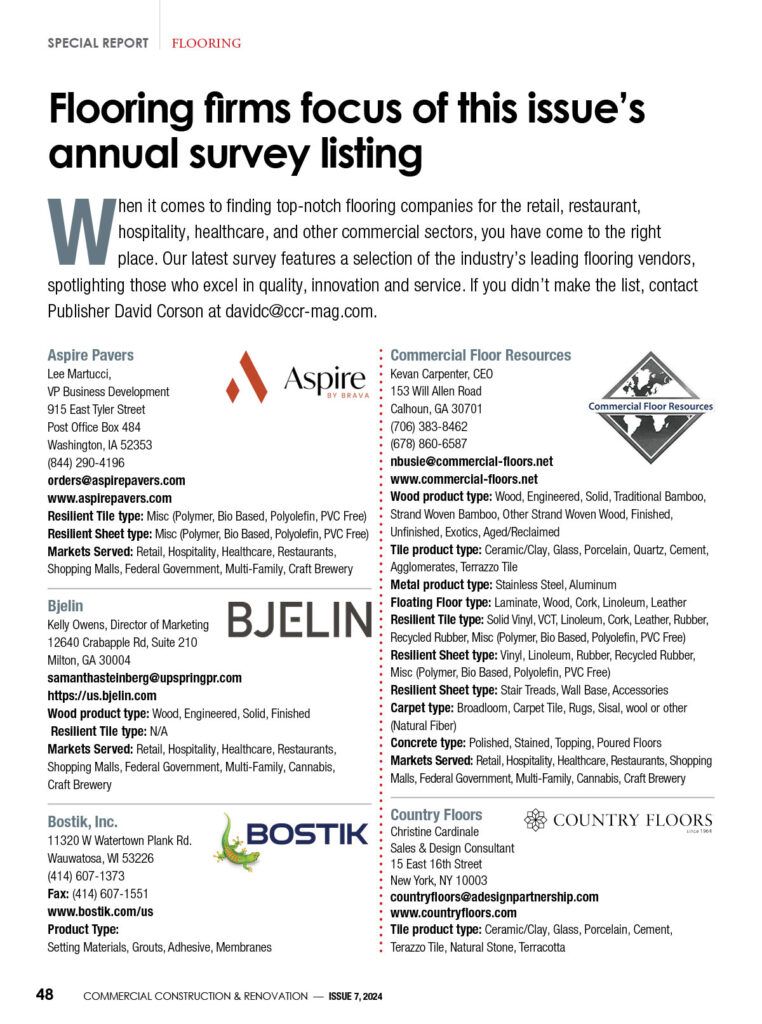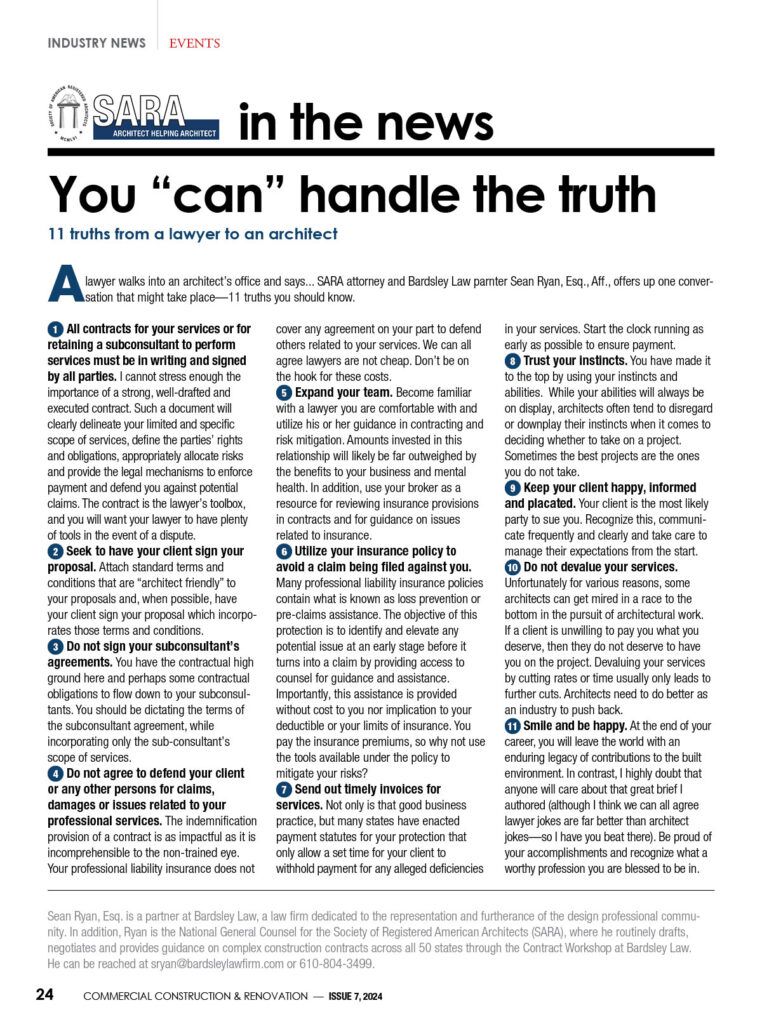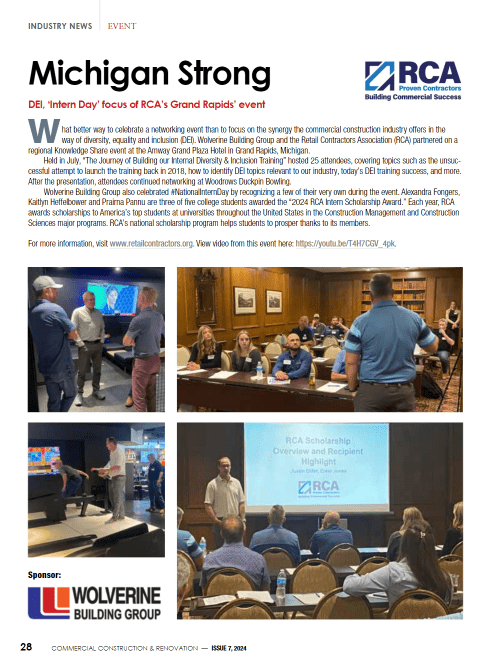Dealing with a water-damaged ceiling? Immediate action is crucial to prevent further structural damage to your property. The key is locating the source of the leak and taking quick remediation steps.
At Superior Contract Cleaning, they understand the devastating impact water damage can have on your home or business. Our specialized teams are equipped to handle large-scale water damage restoration projects efficiently and effectively.
Whether it’s due to a burst pipe, flood, or heavy downpour, this post will guide you through practical steps on how to repair a water-damaged ceiling, addressing both prevention and treatment options.
1. Identifying the Water Source
Knowing where the water is coming from is paramount. Different sources will require distinct addresses and the source might impact how you approach repairs.
Rainwater, municipal water, and well or borehole water are typical culprits. However, gray water from household usage can also be a potential origin.
- Rainwater: Collect and store rainwater to prevent excess damage to your ceiling. This is a better option for the environment and can reduce your water bill too.
- Municipal Water: Your local water authority provides this. If leaks occur through pipes sourced with municipal water, contact them for assistance.
- Well or Borehole Water: If your home uses private sources like these, isolate leakage by inspecting the infrastructure around these services.
- Gray Water: This reusable wastewater from sinks and showers may pose a problem if it’s inadvertently redirected towards your ceilings and not properly disposed of.
The cornerstone of effective fixes lies in prevention. Saving and appropriately routing water can make all the difference in keeping ceilings dry and damage-free.
Your garden can flourish without over-using precious resources. Adopt watering techniques that are productive, money-saving, and conserve water for best results.
Identifying a water leak in your ceiling is only half the battle; stopping it is what prevents further damage.
2. Stopping and Stabilizing the Leak
Call a Professional When Necessary
If there’s a significant crack in the pipe or if the toilet repair is urgent, professional assistance may be required to prevent further damage.
Gather the Necessary Tools and Materials
You’ll need a caulk gun, hacksaw, pliers or wrenches, a putty knife, and a wet/dry vacuum. Materials include plastic toilet shims (if necessary), rags, silicone caulk, towels, and a wax toilet ring with corresponding bolts.
Turn Off the Water Supply
Typically, the shut-off valve is near the toilet base. Turn it to the right until the water flow cuts off. Use the main supply shut-off if necessary.
Drain Water From the Toilet
To drain leftover water from the toilet, flush it while pressing down on its handle. A wet/dry vacuum or sponge can help remove residual liquid.
Pull Out Toilet
Dismantle your toilet by removing its seat and detaching nuts that keep it anchored to the floor. If needed, sever stubborn bolts with a hacksaw. Be sure to cover the drain line to limit exposure to sewer gases.
Clean Wax From the Flange and Toilet
Lastly, clear away old wax from the base of your toilet and toilet flange using a putty knife. To tackle residual caulk, scrape it off gently. These tips should help guide you through the process of repairing a water-damaged ceiling. For additional support and step-by-step guides, consider visiting Family Handyman.
3. Drying and Assessing Ceiling Damage
Your water-damaged ceiling requires careful drying and assessment to ensure safe restoration.
How Long Should Ceiling Dry After Water Damage?
It’s best if your ceiling dries out for at least 48 hours before starting any repair or restoration work.
What Signs Indicate Severe Ceiling Damage?
Signs of severe ceiling damage can include discoloration, dampness, bubbling, peeling paint, and a musty odor.
How Do I Determine the Extent of the Damage?
You can use a moisture meter to measure the extent of water penetration in your ceiling’s structural materials.
Is It Safe to Stay in a House with Water-Damaged Ceilings?
You should avoid staying in a home with severely water-damaged ceilings due to potential structural instability and mold growth.
Can I Repair a Water-Damaged Ceiling Myself?
Some minor repairs can be done by yourself, but extensive damage often requires professional help.
4. Removing the Damaged Ceiling Parts
Cautiously, you may want to consider extracting the damaged trim. Proceed with prudence to avoid further harm to your ceiling or walls.
Minimize Further Damage
You could leverage DIY YouTube recommendations. Make sure they are highly recommended and trustworthy before diving in.
Keep in mind that any hasty or uninformed action might necessitate a repair of every wall, increasing your workload and possibly your expenses.
Proceed with Care
Bear in mind that removing trim might expose unfinished areas. You’ll need to be prepared for additional finishing work thereafter.
The right approach and tools can prevent unnecessary wall damage. So, choose wisely and patiently work through the process.
5. Conducting Ceiling Repairs
Identifying the origin of the problem plays a pivotal role in your ceiling repairs. The cracks in your ceiling could be due to age, improper installation or even settling.
Crack classification aids in determining the repair method. Not all cracks are alike; they vary from hairline, shallow to deep ones and each requires a unique treatment.
Preparing your workspace enhances efficiency. Prioritize cleaning the area, protecting the floor, and ensuring your safety ahead of starting the repair.
Gathering necessary materials like joint compound, sandpaper, tape, and paint is also important.
- Identifying the Cause: Indexing underlying issues helps with repair selection.
- Parsing Cracks: Understand different crack types for targeted fixes.
- Preparing Workspace: Clean and cover your area of work and wear safety gear.
- Gathering Materials: Equip yourself with handy materials such as drywall, joint compound, tape, sandpaper, and paint.
You’ll need to carefully extract the damaged portion of your ceiling to avoid exacerbating the damage. It’s important to proceed with caution during this stage.
Patching and taping help in hiding the repaired parts. Filling up with joint compound and then applying tape gives that seamless look thereafter. You will need to sand until smooth then paint so it blends in perfectly with the rest of your ceiling once dry.
Last but not least, ensuring structural integrity is key. If you notice larger structural problems through cracks, seek professional assistance immediately without hesitation.
6. Prepping and Painting the Ceiling
When your ceiling has been adversely affected by water, preparing it for painting is a vital step. This requires additional effort and patience but generates rewarding results all the same.
The first step to amending your water-damaged ceiling is gathering the necessary materials: primer, paint, and essential painting tools. Pressing these into action, you would start by applying the primer on the affected part.
Primer provides a good base for the paint and safeguards against peeling or corrosion due to residual moisture content.
“Having a properly primed ceiling gives a flawless finish.”
After ample drying time of about 24 hours, layer your chosen color of paint over it.
Adequate drying between each painted layer is vital as rushing this process could produce bubbles or uneven surfaces. Your goal should be to achieve a smooth, consistent appearance that conceals all traces of water damage.
Often, more than one coat may be required to fully mask any lingering spots or discoloration. With ample patience, adherence to these steps will restore your ceiling’s original beauty in no time!
7. Evaluating Need for Professional Help
Assessing the severity of water damage on your ceiling can be tricky. Sometimes, damages reach beyond what the eye can see. If the leak has persisted over time, levels of damage may be high.
Your ceiling might look alright, but hidden dangers could lie beneath the surface. You might question, “Do I need a professional’s help?” or “Can I handle this myself?”
- Weighing the risks against potential benefits is essential. Investigate before making a decision.
- Gaining knowledge about your situation is significant to ensure safety while avoiding unnecessary expenses.
- Contacting professionals for advice might save you from possible pitfalls. They can provide a more comprehensive assessment with their expertise.
While assessing the need for professional help, consider the age and integrity of your home. These factors could affect the complexity of repairs.
When damage is extensive, and risks are high, seeking professional assistance is often the wisest course to take.
Your Ceiling, Restored
Successfully mending a water-damaged ceiling involves a detailed process. Remember to identify the source, stabilize the leak, and properly evaluate the damage before proceeding with repairs and repainting. Should complications arise, consult professional help.








 The 2024 virtual Men’s Round Table will be held Q4, 2024, date TBD.
The 2024 virtual Men’s Round Table will be held Q4, 2024, date TBD.















